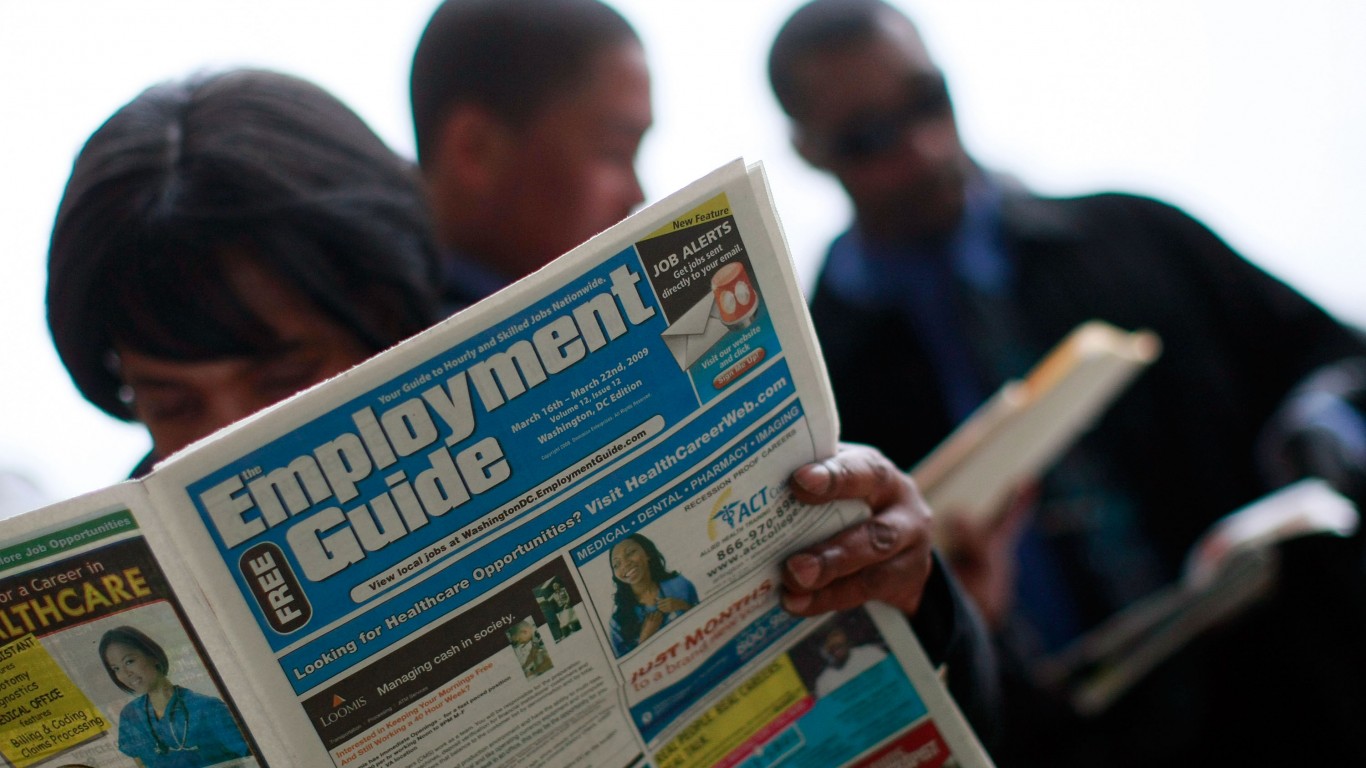
Right now investors and economic watchers alike are trying to decide whether the economic reports generally point toward a slight contraction or the slower growth story remains intact. The Chicago Fed National Activity Index (CFNAI) showed that economic growth picked up in January and the index reading rose to 0.28. Also, the December 2015 reading was revised to -0.34 from -0.22.
January’s move was led by improvements in production-related indicators. Two of the four broad categories of indicators that make up the index increased from December, and two of the four categories made positive contributions to the index in January.
The index’s three-month moving average remained in contraction. Still, it increased to -0.15 in January from -0.30 in December. January’s three-month average suggests that growth in national economic activity was somewhat below its historical trend and also suggested that there is subdued inflationary pressure from economic activity over the coming year.
The CFNAI Diffusion Index, which is also a three-month moving average, rose to -0.11 in January from -0.17 in December. The CFNAI showed that 39 of the 85 individual indicators made positive contributions to the index in January, but 46 individual indicators made negative contributions. Some 45 individual indicators improved from December to January, while 39 indicators deteriorated and one individual indicator was unchanged. Of the indicators that improved, 14 still made negative contributions.
CFNAI is a weighted average of 85 national economic indicators. These are drawn from four broad categories of data:
- Production and income
- Employment, unemployment and hours
- Personal consumption and housing
- Sales, orders and inventories
A zero value for the index indicates that the national economy is expanding at its historical trend rate of growth. Negative values indicate below-average growth and positive values indicate above-average growth.
Thank you for reading! Have some feedback for us?
Contact the 24/7 Wall St. editorial team.


